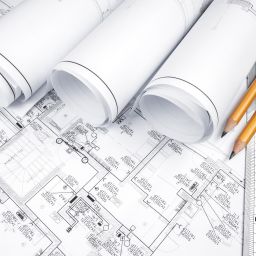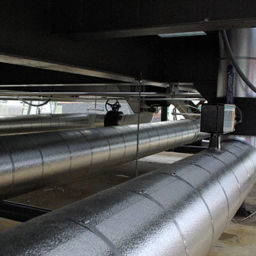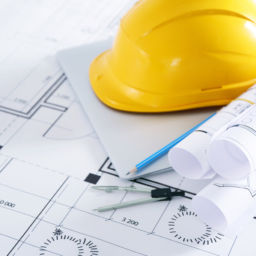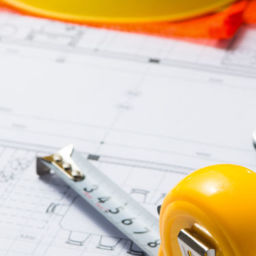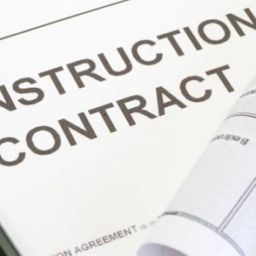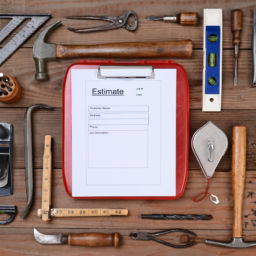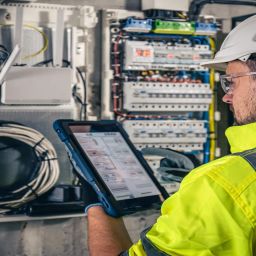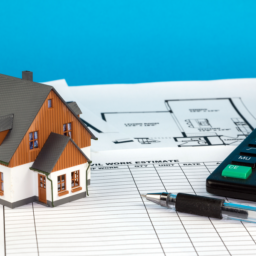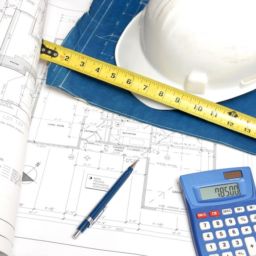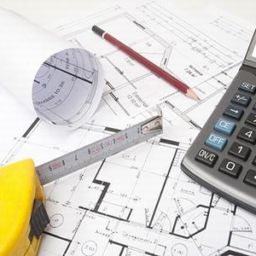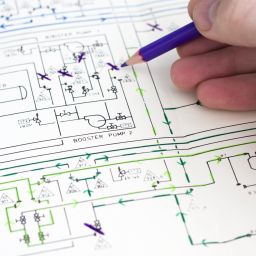
Plumbing is a major part of any construction project. Whether you’re building a residential home, a commercial building, or even just the facilities at a park, you have to take plumbing into account when estimating your costs.
As such, pipe takeoff is crucial throughout the process, and you want to ensure that your estimate is as accurate as possible to avoid cost runovers or bidding too high.
The problem is that you can easily miscalculate your pipe takeoff if you don’t know exactly what you’re doing.
Today, we’re going to go through the various aspects of a proper plumbing estimate and pipe takeoff to ensure that you are capable of putting together a proper estimate for your projects.
What is a Pipe Takeoff?

First, you need to understand what a pipe takeoff is before you can get into the details of estimating it.
In short, pipe takeoff is the estimated cost of the plumbing aspect of a construction process. Particularly, it is used to determine the material cost. However, potentially costly working conditions are also taken into account.
A pipe takeoff might be used by itself if you’re simply doing a plumbing job, or it might be part of a bigger estimate for a full-blown construction project.
What is Used to Determine a Pipe Takeoff?
You’ll be determining and using quite a few numbers as you work on your pipe takeoff.
Primarily, you’ll need accurate price estimates for the materials used. This includes every faucet, piece of plumbing, adapter, valve, sealant materials, and more. That’s where your main focus will be as you’re gathering data.
However, it’s also crucial to have the plans available, and you need to know what your team costs to operate and how its daily tasks might be disrupted due to unforeseen work conditions.
With those three primary forms of data and the sub-categories they split into, you can develop an accurate pipe takeoff that is used on its own or as part of a larger, multi-faceted, construction project.
Calculating Pipe Takeoff: Step-by-Step
Here are the steps you need to take to determine your estimate. It’s important to go step-by-step, and you should perform your own due diligence for each step accordingly.
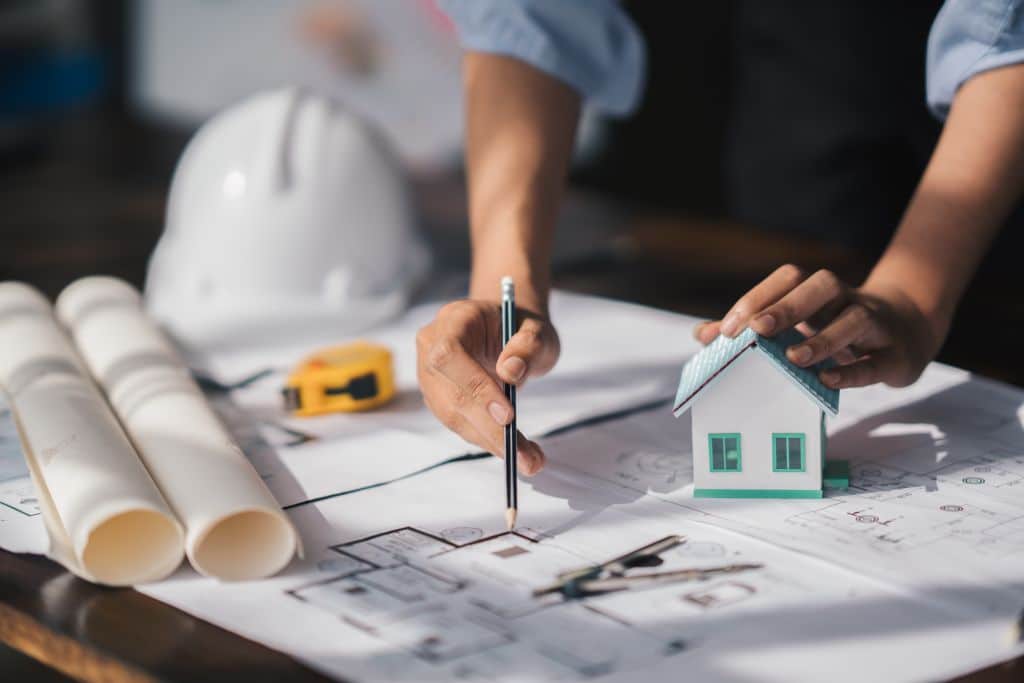
1: Drawings
First, you can’t develop an accurate plumbing estimate if you don’t have the drawings for the project. The drawings are necessary if you’re building something from scratch, or even if you’re just doing a standard home addition because they’ll give you the planned outlines for the entire plumbing system you’re installing.
2: Determine What’s Needed
With the drawings in hand, it’s time to have an experienced team member go over the drawings and determine the most effective combination of parts to complete the planned project. How many pipes are needed to route between plumbing features? How many valves and adapters are needed? Where are those pieces placed?
You should be able to answer all of those questions with a high degree of accuracy before you start crunching numbers. Every project will have some sort of unforeseen condition pop up, but if you can get an exact estimate of your needs under optimal conditions, those unforeseen issues will be much less costly to deal with.
A crucial part of this process is checking the existing plumbing when applicable, too. If you’re working on a project that already has a structure in place, such as adding on to a home, there might be existing plumbing that can lower the project’s cost. There might also be parts of that existing plumbing that need to be replaced.
With a “from-scratch” project, such as building a brand-new structure on leveled land, that typically isn’t a factor, though.
3: Get a Price Estimate
Once you know what’s necessary to complete the project, you need to talk to your supplier. If you’re working with a high-quality, reputable supplier, you should be able to take your list of necessary materials to them, and they should be able to give you an accurate price quote to fulfill your order.
This is not your final takeoff, though.
4: Labour Costs
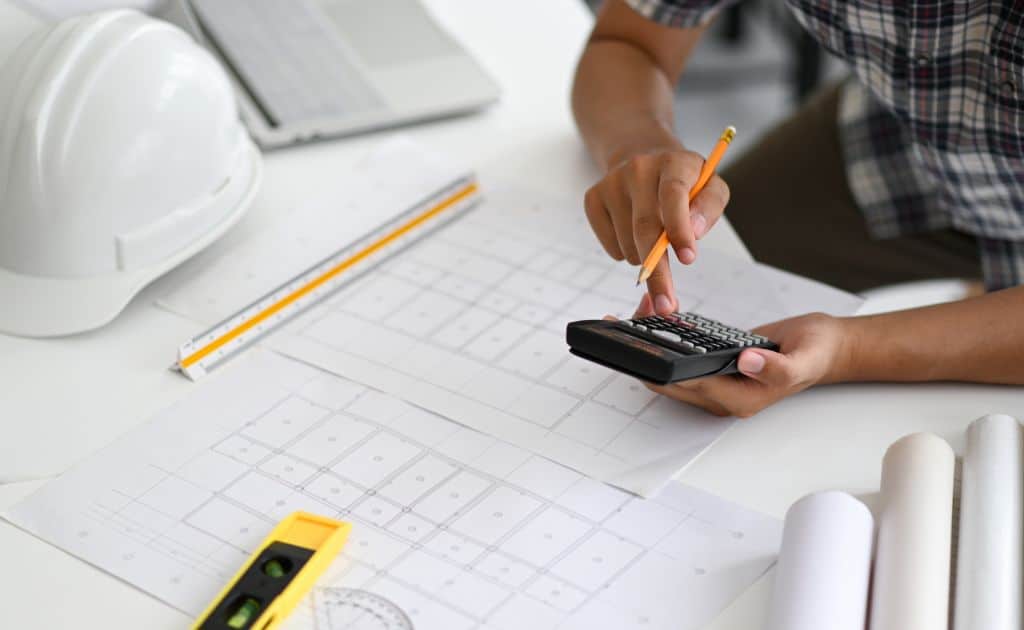
Your labour costs for a construction project aren’t entirely part of your pipe takeoff, but they are part of your overall estimate, and they’re part of the overhead factor you must consider.
You’ll also need to know this value for the next step.
5: Predict Potential Problems
With a lot of bids, you’re on the hook for running over your budget. It’s usually not acceptable to quote a price, and then raise that price due to your own mistakes.
Because of this, you want to consider the impact potential problems can cause on the project. Can existing architecture make the planned plumbing route impossible in some areas? Is the site exposed and capable of being hindered by the weather? Factor those potential problems in and use your labour costs to develop a reasonable price buffer that protects your profit from unforeseen conditions.
6: Add It Up
Finally, it’s just a matter of adding up the total cost. If this is purely for a plumbing project, you still need to factor in your team’s time and labour costs more significantly, but as part of a larger project, this final number will be added to the final estimate.
Avoiding Pipe Takeoff Problems and Creating Worthwhile Bids
At first glance, this doesn’t look like a complicated process, and it might be tempting to simply handle your own plumbing estimations, but if you are a growth-focused business owner who values efficiency, that’s the wrong route to take.
There is a lot of room for error when it comes to pipe takeoff development, and one wrong calculation can lead to thousands in revenue going to waste.
Instead, it’s ideal to leverage a professional plumbing estimation service comprised of expert-level estimators. They deal with this process daily, are trained to look for the most accurate estimate possible, and can spot small, unforeseen issues that even the best contractors and construction firms miss.


